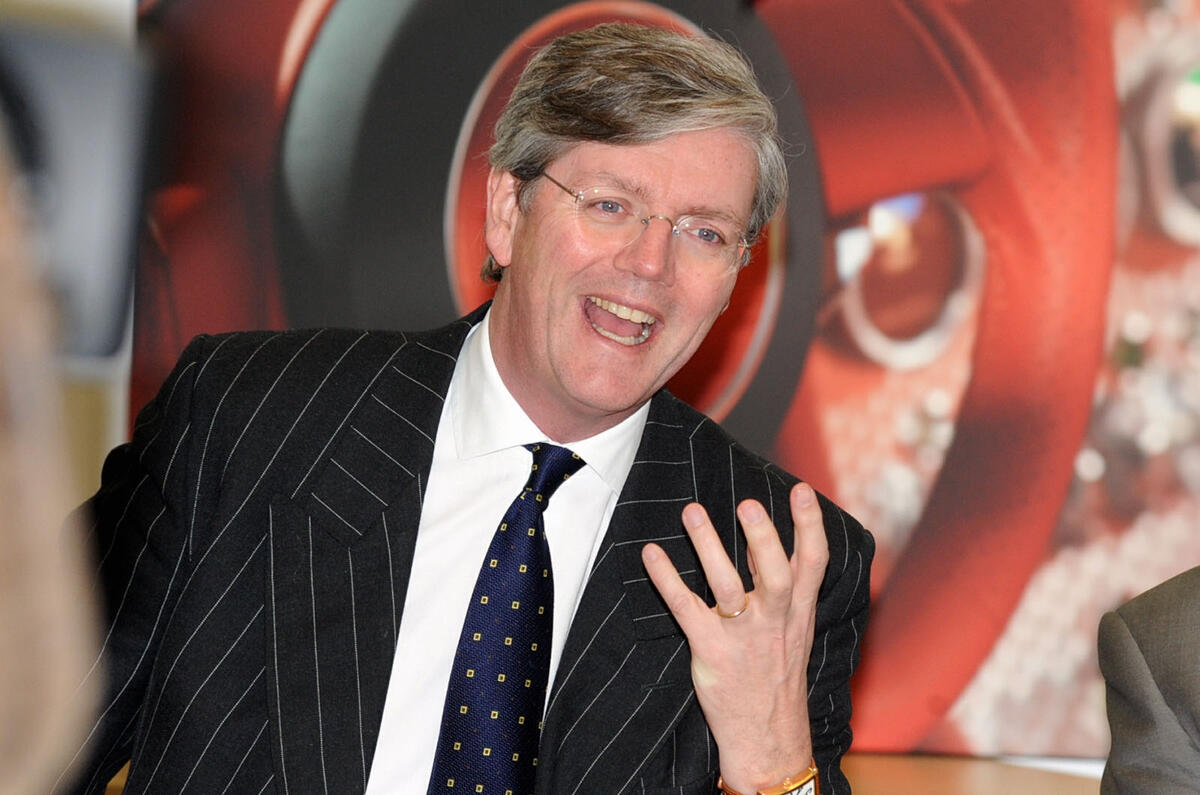Victor Muller, the man who revived the dormant Spyker name and set about building some quirky luxury sports cars, possesses infectious enthusiasm for his car brand.
I spent a day with Muller in the summer of 2013 as part of a BBC documentary series that followed company bosses who did things their way.
We waited for Muller at a Dutch test track, and from the moment he rocked up in a Smart Fortwo and unfolded his lanky frame out of the microcar, he barely stopped talking. He was open and unguarded about the difficult challenges facing his company and forthcoming about plans for an expanded Spyker model range.
It was hard not to be impressed with his gusto, but the problem, as Muller has found out, is that vast reserves of enthusiasm can only get you so far. To design, develop and produce high-end sports cars, you also need extraordinarily deep pockets filled with cash.
The current bankruptcy is the latest of many hiccups to hit Spyker. It nearly went under when struggling sister company Saab went bust in 2011.
The loss of Saab prompted a change of tack for Spyker’s parent company, which had previously sought to sell its sports car firm. During 2012, when Spyker sold just four cars, securing the company’s future became the priority.
A deal was struck with Chinese company Youngman, which was supposed to inject a cash contribution of 25 million euros. Plans for a new car, the B6 Venator, were hatched, and although it appeared at motor shows, today’s bankruptcy announcement seems that the company has fallen over in a serious way.
On paper, the idea behind the B6 Venator seemed sound: a two-door compact sports car, it was due to sell for about £125,000, allowing Spyker to tap into a wider customer base than its more rarified C8.
If the car had been a success, it could have put Spyker on a sound financial footing, but playing at that price point meant tempting customers away from Porsches and Aston Martins, even if Muller was adamant that his company was aiming at “a small group of people who want to have something else” than those brands.
He wanted to emphasise Spyker’s craftsmanship. “We are not competing in any shape or form with Ferrari or Aston Martin," he said. "We’re competing with, say, a Patek Philippe watch at auction. When you know that, your marketing is not aimed at trying to get the customer out of a Ferrari, because it is completely useless to try to do that.”
Muller was adamant that such customers exist, but however he tried to cut it, he was trying to gain a foothold against some of the biggest automotive brands in the business, and he was trying to do it on a comparative shoestring.
During our chat, Muller wasn’t afraid to admit that he had made mistakes in the past, although he wasn’t keen to dwell on his errors, either.
He presided over Saab during the Swedish car manufacturer’s run into financial difficulties in 2011. He told me in 2013 that he had “fought like a maniac to keep Saab afloat”. It will be interesting to see if he’s any more successful in saving Spyker from the axe.




Join the debate
Add your comment
Muller wanted too much...
Well to be honest......!
seriously
So no real volume. A sustainable business selling 80-100 units a year? (I think I read that too). I admire the guys enthusiasm but really where´s the value and sustainability in his business? You can´t, on one hand target 911 owners and on the other say that the target buyer doesn´t really want the full dynamic package, or even the headline horsepower, just the exclusivity and aluminium and leather interior etc. Always kinda wondered where the money was coming from. But aviation may give some more sustainability to his business model if he really has genuine innovative tech for that industry. Interested to see what he does next. Don´t think I ever saw a Spyker on the road.